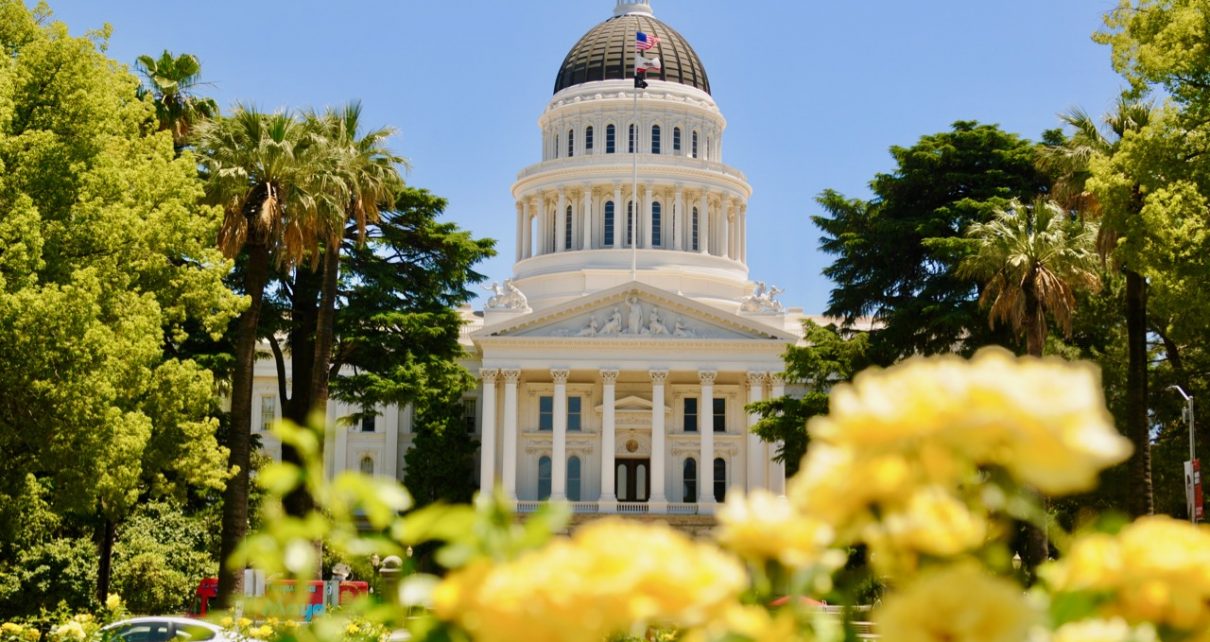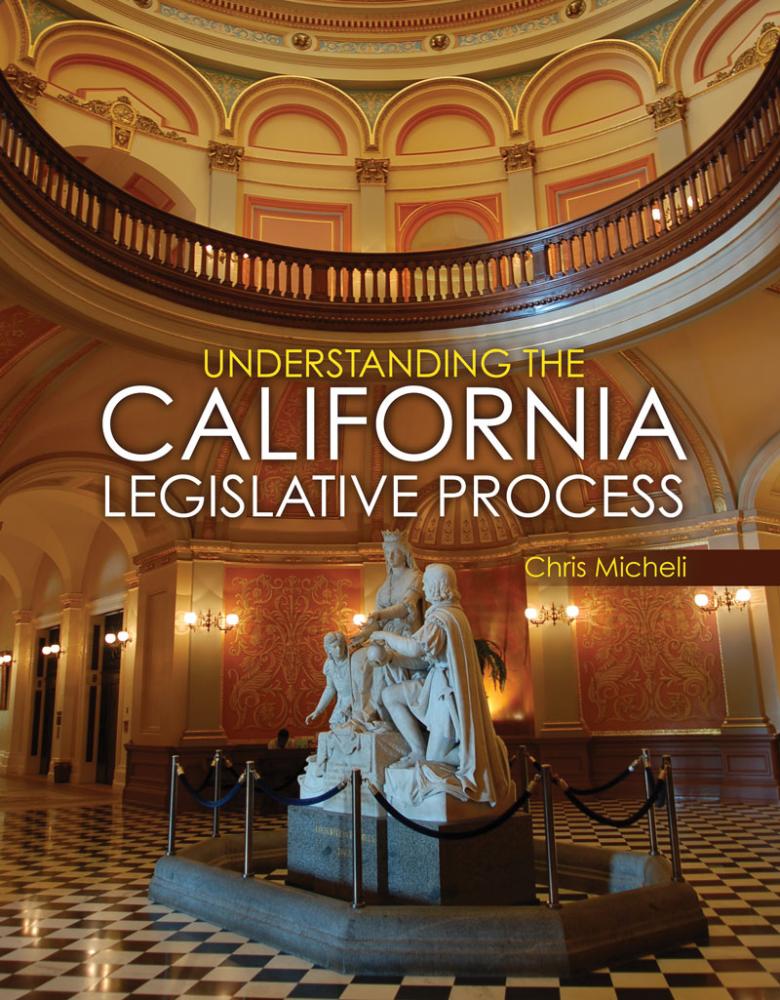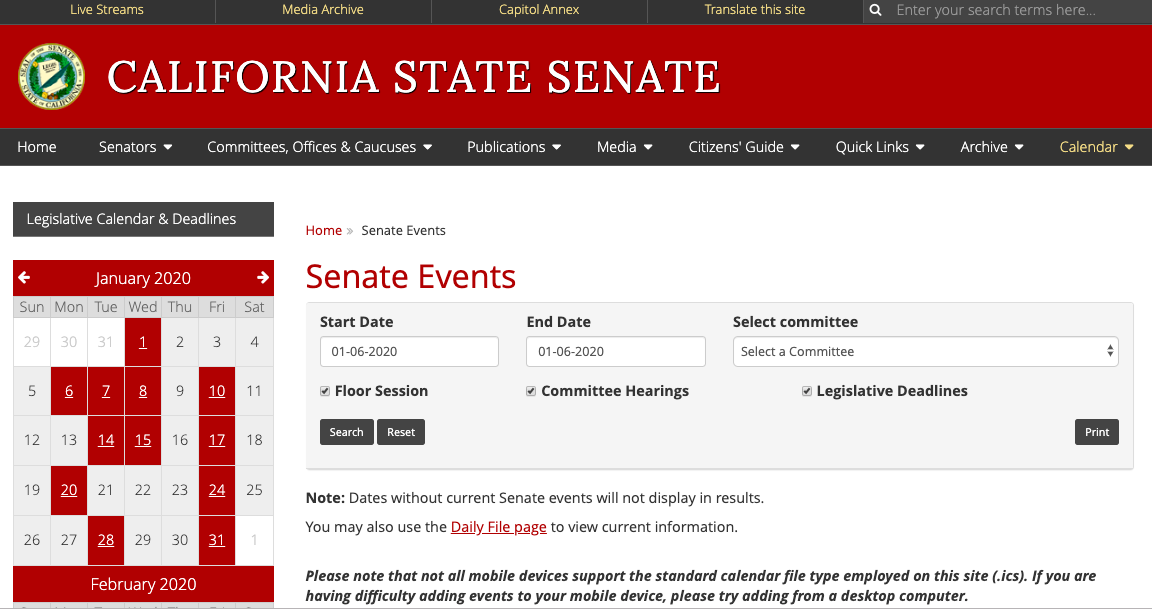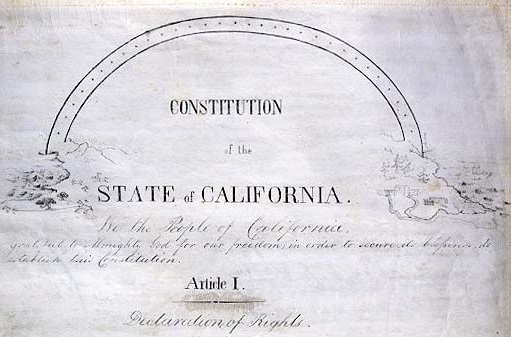
California State Capitol (Photo: Kevin Sanders for California Globe)
California Governor’s Role in the Legislative Process
The Governor’s multiple roles in the legislative process can lead and influence policy development
By Chris Micheli, September 18, 2019 6:05 am
California’s Governor is a key player in the legislative process, even though the bulk of legislation is done by the Legislature. It is important to appreciate the various roles that the state’s chief executive plays in this process. Some of these commonly-known roles include: the Governor can identify issues for the Legislature to address; he or she has the authority to call the Legislature into extraordinary session; he or she has final say (absent a veto override) over individual bills; and, he or she proposes the state budget and has “line item veto” power over the budget and appropriations bills. The focus in this article is on the Governor’s role with legislation.
Multiple Roles
Because of the Governor’s multiple roles in the legislative process, he or she can lead and influence policy development, as well as often set major legislative agenda items, in the California Legislature by engaging in the following activities:
- Making major policy addresses to the Legislature (e.g., “The State of the State” each January);
- Calling the Legislature into extraordinary session to address specific issues/matters;
- Meeting with legislative leaders (especially those of his or her own party) in attempts to reach compromise on major legislation;
- Meeting and communicating with individual legislators in attempts to secure their votes or reach compromise;
- Bringing legislative leaders together with major stakeholders to discuss and fashion legislation;
- Laying out the parameters of legislation—what the executive will support and oppose, issues that must be addressed, or exercising or threatening veto;
- Proposing specific legislation that a member of the Legislature then carries on behalf of the Governor; and
- Proposing specific legislation to take to the voters via the initiative route.
The Administration
Because the Governor of California has significant impact on the legislative process, both with regard to specific legislation and the budget and funding priorities of the state, it is critical that interested parties work with the Administration throughout the legislative process, including the Governor’s Office, Department of Finance (DOF), and relevant state departments and agencies. When we talk about the role of the Governor in the legislative process, we include not only the Governor, but also the Governor’s staff and control agencies (e.g., DOF).
As the Governor’s chief lobbyist and legislative advisor, the Legislative Secretary is one of the most influential persons in the Governor’s Office regarding pending legislation (along with the chief of staff). As a result, all of the legislation runs through the Legislative Secretary and his or her deputies.
The Governor’s legislative deputies, who work under the Legislative Secretary, each have multiple subject matters as part of their individual portfolios. They advise the Governor and his or her senior staff on legislation and regulatory matters in their subject areas. These deputies play a critical role as both the liaison to the Legislature and interested parties, as well as the relevant agencies and departments, regarding bills and regulations within their subject matters. And they consult with the Department of Finance and agencies regarding positions on bills and then ultimately present their recommendations directly to the Governor.
Sponsoring Legislation
The Administration can and does sponsor legislation. One significant source of sponsorship is the individual departments within state government. A department may feel that if a particular statute is amended, repealed or enacted, then some function will be done more efficiently or a program’s effectiveness will be enhanced.
If this is the case, the department will request a member of the Legislature to introduce such legislation. No department under the authority of the Governor may sponsor legislation without the prior approval of the department’s Agency Secretary and the Governor’s Legislative Secretary.
All proposals to introduce legislation from departments under the control of the Governor are sent to the Legislative Unit in the Governor’s Office after approval by the Agency Secretary. The Legislative Unit usually forwards copies of the proposals to the DOF for review and comment. In addition, a department’s proposal may also be forwarded to other departments that may be affected by the proposal for their comment.
Bill Analyses
Another important role for the Administration’s agencies and departments is the preparation of bill analyses. The purpose of the bill analysis function is to provide the Governor, his or her staff, agency secretaries, department heads, and the Department of Finance with information concerning the probable programmatic and fiscal effects of pending legislation. Typically, the bill analysis recommends a position that the Administration should adopt on the proposed legislation.
Until approved by the Governor’s Office, bill analyses prepared by departments under the administrative authority of the Governor are not public documents and may not be made available to anyone outside of the review process. Once a position has been determined by the Governor’s Office, an analysis consistent with that position generally is made available to the public and the Legislature.
Legislation on the Governor’s Desk
When a bill is passed by the Legislature and sent to the Governor, an Enrolled Bill Report (EBR) is prepared for the Governor’s Office by departments with subject matter jurisdiction, as well as the Department of Finance when there is a fiscal impact. The EBR serves essentially the same function as the legislative bill analysis except that it recommends to the Governor what action (i.e., sign, veto, allow bill to become law without a signature) should be taken on the measure.
As opposed to the legislative bill analyses, EBRs are considered confidential communications with the Governor and are not public documents. Consequently, even if approved, EBRs are not released to the public by anyone without Governor’s Office approval.
DOF, as well as relevant departments and agencies, prepares EBRs for all bills enrolled to the Governor if they are determined to have a fiscal impact. EBRs are not prepared for constitutional amendments and resolutions, since these kinds of legislative measures are not sent to the Governor for approval.
When legislation actually gets to the Governor’s Desk, the Governor is presented with a bill file, including the Enrolled Bill Reports, the actual bill, support and opposition letters, the Department of Finance analysis and recommendation, the Senate Floor Analysis, and the agency analysis and recommendation. The Legislative Deputy then presents the bill to the Governor and makes a recommendation whether to sign or veto the measure.
Of course, the critical role that the Governor plays is taking formal action on the roughly 1,000 bills sent to his or her desk each year. The Governor can take one of three official actions on legislation: sign; veto; or, allow the bill to become law without his or her signature.
Signature by the Governor
In general, the Governor has 12 days in which to act on a bill sent to him or her from the Senate or Assembly. That 12-day period begins once the bill has been “presented” to the Governor, not the day that the bill passed the Senate or Assembly. Note that California has a “pocket signature” rule. If the Governor does not act on the measure within the allotted time, then the bill becomes law without his or her signature.
The 12-day “signing” period is applicable to all bills that are presented to the Governor twelve or more days prior to the date the Legislature adjourns for a joint recess in the first year of the two-year session, and on or before August 20th of the second year of the Session. The applicable calendar date in the first year is based on the date both houses of the Legislature “consent” to adjourn for the interim recess and is subject to change. It is set forth in the Joint Rules.
In contrast, the recess date in the second year of the 2-year Session is fixed by the State Constitution (which is August 31). Bills that are passed before September 1st in the second year of the Session and which are in the Governor’s possession on or after September 1st must be signed or vetoed by September 30th of that year or they become a statute without his or her signature.
Any bill passed by the Legislature at a special session which is in the Governor’s possession on or after the adjournment date of the special session becomes law unless the Governor vetoes the bill within 12 days by returning the vetoed bill to the office of the Secretary of the Senate or the Chief Clerk of the Assembly.
When the Governor approves a bill, he or she signs it, dates it and deposits it with the Secretary of State. This copy is the official record and law of the state. The Secretary of State assigns the bill a number known as the “chapter number.” The bills are numbered consecutively in the order in which they are received and the resulting sequence is presumed to be the order in which the bills were approved by the Governor.
There is only one sequence of bill chapter numbers maintained for each year of the regular session of the Legislature. As a result, the numbers do not continue in the second year of the Session. A separate set of chapter numbers is maintained for each special session.
If a bill presented to the Governor contains one or several items of appropriation, he or she may eliminate or reduce any or all of them while approving the other portions of the bill. When the Governor utilizes this “item veto,” he or she appends to the bill, at the time of signing it, a statement of the items to which he or she objects and his or her reasons therefor. A copy of this statement is then transmitted to the house in which the bill originated. The items then may be separately reconsidered and the vetoes sustained or overridden in the same manner as bills which have been vetoed by the Governor.
Note that under California law, the Governor can allow a bill to become law without his or her signature. As opposed to federal law, in which the President has a “pocket veto” (i.e., if he or she does not act upon a bill within the specified time period, then the bill is vetoed), in California there is a “pocket signature” rule.
Veto by the Governor
When the Governor vetoes a bill, he or she returns it, with his or her objections to the bill, to the house of origin. The house of origin may consider the veto immediately or place it on the “unfinished business file.” The Legislature has 60 calendar days, days in joint recess excluded, to act upon the vetoed bill. If no action has been taken during this time, then the measure is removed from the file and the veto is effective.
Veto overrides are rare. The Legislature has not overridden a Governor’s veto since 1979. The result of sustaining the Governor’s veto or failing to consider it in the time allotted is to “kill” the bill or to reduce or eliminate the appropriation as recommended. If two-thirds of the elected Members of each house disagree with the Governor, the bill as passed by the Legislature becomes law notwithstanding his or her objections.
When the Legislature successfully overrides a Governor’s veto, the bill, or items are authenticated as having become law by a certificate. The bill or statement so authenticated is then delivered to the Governor, and by him or her deposited with the laws in the office of the Secretary of State. Bills deposited in the office of the Secretary of State are given a chapter number in the same manner as bills approved by the Governor.
Sponsoring Ballot Measures
The Governor also has the ability to sponsor initiatives, such as Governor Brown has done in 2012 (Prop. 30 to increase the sales and personal income tax rates) and in 2016 (Prop. 57 to reduce criminal sanctions). In California, the Governor may propose specific legislation to take to the voters via the initiative route. This can be accomplished through legislation (which requires a 2/3 majority vote of both houses) or the collection of signatures to place the measure on the statewide ballot.
Governor’s Reorganization Plans
A little know provision of the California Constitution grants the Governor, subject to approval by the Legislature, the authority to “assign and reorganize functions among executive officers and agencies and their employees.” The reorganizations of the executive branch of government are called “Governor’s Reorganization Plans,” or “GRPs.”
GRPs are actually bills with bill language that are submitted to the Legislature for approval, after consideration by the Little Hoover Commission at least 30 days prior to the GRP’s submission to the Legislature. Each house of the Legislature then has 60 calendar days to act on the reorganization plan. The GRP takes effect on the 61st day after submission to the Legislature, unless a resolution rejecting the plan is adopted by both the Senate and Assembly by a majority vote.
This article is an overview of just some of the roles of the Governor with particular attention to the chief executive’s major roles in the legislative process. The Governor has many tools and powers to control and influence legislation and his or her role has to play a prominent role in any legislative strategy.
- Jurisdiction and Service of Process - January 13, 2025
- Privileges and Penalties of State Militia - January 12, 2025
- Protections for State Militia - January 11, 2025





One thought on “California Governor’s Role in the Legislative Process”